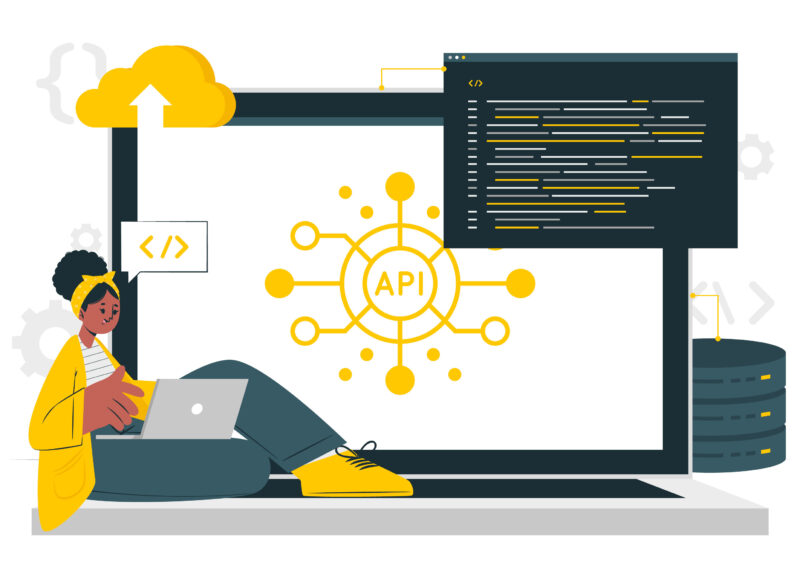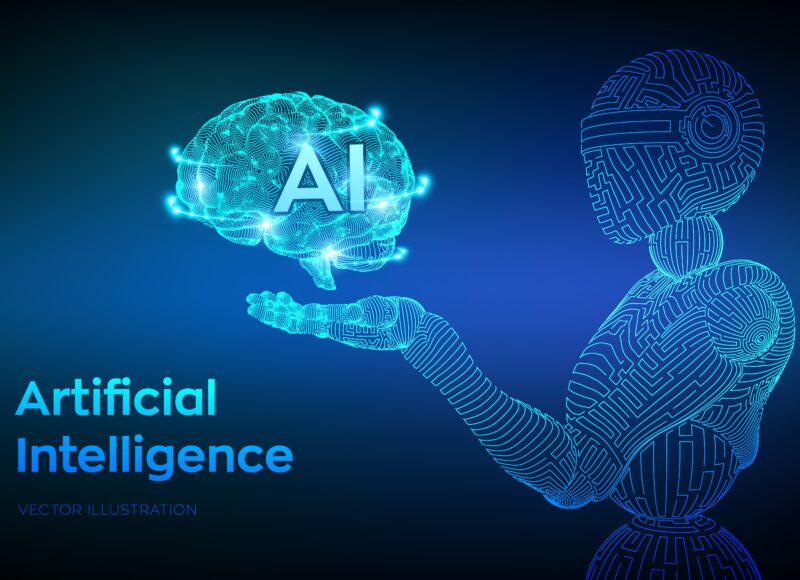Human Resource (HR) is a critical function in organizations focused on managing the workforce to enhance productivity, morale, and employee engagement. At its core, HR involves recruiting, hiring, training, and retaining employees who align with the company’s values and goals. By managing these essential functions, HR teams ensure that the organization has the right people in place to meet its objectives while also nurturing a positive and inclusive workplace culture.
Beyond hiring and training, HR is instrumental in creating policies that govern employee relations, workplace safety, and compliance with labor laws. They design benefits packages, compensation structures, and performance management systems that reward hard work and motivate employees. HR also handles conflict resolution, helping to mediate issues that arise within teams, promoting a harmonious work environment that contributes to overall organizational effectiveness.
In recent years, HR has evolved to include a strategic component, where HR professionals analyze workforce data to make informed decisions about talent management and succession planning. They play a key role in fostering diversity and inclusion, creating a workplace that values different perspectives and backgrounds. By aligning HR practices with organizational goals, companies can leverage their human resources as a powerful driver of growth and competitive advantage.
Topics of Course
-
1.1 – Introduction to Human Resources
-
1.2 – What is Human Resources?
-
1.3 – Roles and Responsibilities of HR
-
1.4 – Talent Acquisition and Recruitment
-
1.5 – Employee Onboarding and Training
-
1.6 – Compensation and Benefits
-
1.7 – Performance Management
-
1.8 – Employee Relations and Engagement
-
1.9 – HR Policies and Compliance
-
1.10 – The Future of HR
-
2.1 – Recruitment and Selection: Optimizing Your Talent Pipeline
-
2.2 – Introduction: The Importance of Effective Recruitment and Selection
-
2.3 – Understanding the Hiring Process: Key Stages and Considerations
-
2.4 – Developing a Robust Recruitment Strategy
-
2.5 – Leveraging Job Descriptions and Candidate Profiles
-
2.6 – Sourcing and Screening Techniques: Finding the Right Fit
-
2.7 – Behavioral Interviews: Assessing Soft Skills and Cultural Alignment
-
2.8 – Selection Criteria and Decision-Making Frameworks
-
2.9 – Onboarding and Retention: Ensuring a Smooth Transition
-
2.9 – Onboarding and Retention: Ensuring a Smooth Transition
-
2.10 – Continuous Improvement: Analyzing and Optimizing Recruitment Practices
-
3.1 – Employee Onboarding and Orientation
-
3.2 – Importance of Effective Onboarding
-
3.3 – Key Components of a Successful Onboarding Program
-
3.4 – Welcoming New Hires and Setting Expectations
-
3.5 – Integrating New Hires into the Company Culture
-
3.6 – Providing Necessary Training and Resources
-
3.7 – Fostering Relationships with Colleagues and Mentors
-
3.8 – Onboarding Timeline and Milestones
-
3.9 – Measuring the Success of the Onboarding Process
-
3.10 – Continuous Improvement and Feedback
-
4.1 – Basics of Employee Relations
-
4.2 – What is Employee Relations?
-
4.3 – Importance of Effective Employee Relations
-
4.4 – Building Trust and Open Communication
-
4.5 – Addressing Employee Concerns and Grievances
-
4.6 – Conflict Resolution Techniques
-
4.7 – Promoting a Positive Work Environment
-
4.8 – Compliance with Labor Laws and Regulations
-
4.9 – Performance Management and Employee Engagement
-
4.10 – Strategies for Improving Employee Relations
-
5.1 – Performance Management: Optimizing Employee Potential
-
5.2 – Understanding the Purpose of Performance Management
-
5.3 – Key Components of an Effective Performance Management System
-
5.4 – Setting SMART Goals and Aligning Them with Organizational Objectives
-
5.5 – Conducting Meaningful Performance Appraisals
-
5.6 – Providing Constructive Feedback and Coaching
-
5.7 – Identifying and Addressing Performance Challenges
-
5.8 – Utilizing Performance Management Data for Decision-Making
-
5.9 – Linking Performance to Rewards and Recognition
-
5.10 – Fostering a Culture of Continuous Improvement
-
6.1 – Compensation and Benefits: Attracting and Retaining Top Talent
-
6.2 – Importance of Competitive Compensation
-
6.3 – Components of a Comprehensive Compensation Package
-
6.4 – Base Salary: Benchmarking and Establishing Ranges
-
6.5 – Incentive Compensation: Bonuses and Commission Structures
-
6.6 – Benefits Overview: Health, Retirement, and Work-Life Balance
-
6.7 – Health Benefits: Medical, Dental, and Vision Coverage
-
6.8 – Retirement Plans: 401(k), Pension, and Profit-Sharing
-
6.9 – Paid Time Off: Vacation, Sick Leave, and Holidays
-
6.10 – Work-Life Balance Benefits: Flexible Schedules and Remote Work
-
7.1 – Training and Development: A Strategic Approach for Human Resources
-
7.2 – Importance of Training and Development
-
7.3 – Identifying Training Needs
-
7.4 – Designing Effective Training Programs
-
7.5 – Facilitating Skill Development
-
7.6 – Fostering Employee Engagement
-
7.7 – Measuring Training Effectiveness
-
7.8 – Aligning Training with Organizational Goals
-
7.9 – Leveraging Technology in Training
-
7.10 – Continuous Learning and Professional Development
-
8.1 – HR Compliance and Legal Issues
-
8.2 – Importance of HR Compliance
-
8.3 – Key Federal Labor and Employment Laws
-
8.4 – Wage and Hour Regulations
-
8.5 – Discrimination and Harassment Laws
-
8.6 – Occupational Safety and Health (OSHA) Requirements
-
8.7 – Employee Records and Privacy Concerns
-
8.8 – Hiring and Termination Process
-
8.9 – Performance Management and Discipline
-
8.10 – Employee Benefits and Compliance
-
9.1 – Workplace Health and Safety: Ensuring a Safer and Healthier Work Environment
-
9.2 – Importance of Workplace Health and Safety
-
9.3 – Legal Obligations and Regulations
-
9.4 – Identifying Workplace Hazards
-
9.5 – Implementing Preventive Measures
-
9.6 – Employee Training and Education
-
9.7 – Ergonomics and Workstation Design
-
9.8 – Incident Reporting and Investigation
-
9.9 – Emergency Preparedness and Response
-
9.10 – Promoting a Culture of Safety
-
10.1 – HR Strategy and Planning
-
10.2 – Introduction: The Importance of HR Strategy
-
10.3 – Introduction: The Importance of HR Strategy
-
10.4 – Workforce Planning: Forecasting and Gap Analysis
-
10.5 – Talent Acquisition and Retention Strategies
-
10.6 – Performance Management and Employee Development
-
10.7 – Talent Acquisition and Retention Strategies
-
10.8 – Talent Acquisition and Retention Strategies
-
10.9 – HR Technology and Automation
-
10.10 -Organizational Culture and Employee Engagement




